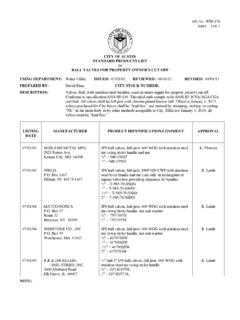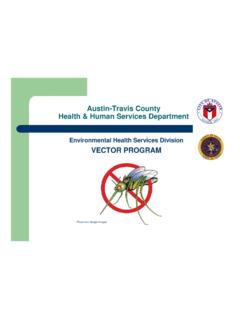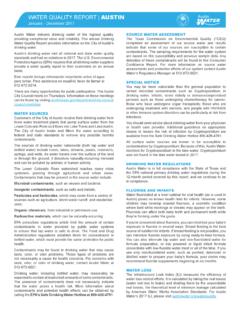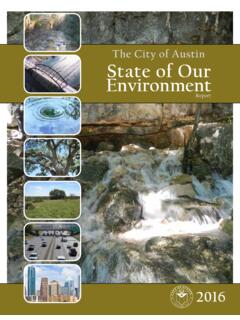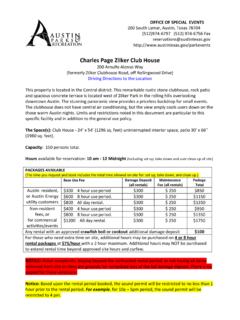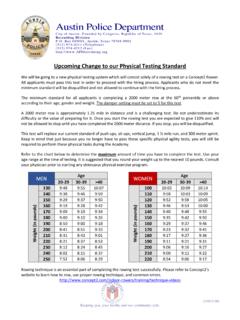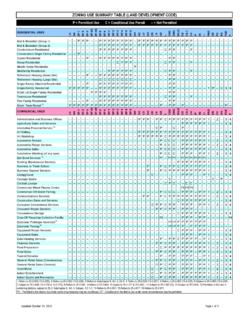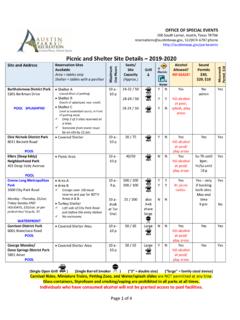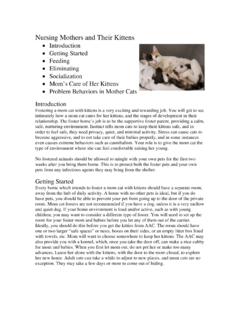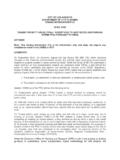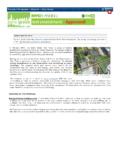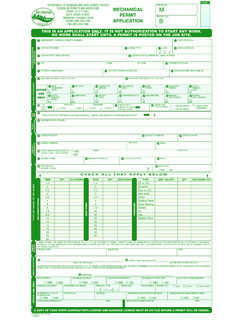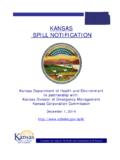Transcription of City of Austin
1 city of Austin Guide to Zoning city of Austin Planning & Zoning Department 505 Barton Springs Road One Texas Center Austin , TX 78704. September 2016. DISCLAIMER: This Guide is for informational purposes only. It does not constitute legal regulations. Consult the Land Development Code for specific regulations: September 2016 Zoning Guide Contents I. Introduction to Zoning 2. II. Zoning Principles 5. III. Zoning Process 6. IV. Challenging a Zoning Request 8. V. Base Zoning Districts 11. Residential Districts 13. Office Districts 36. Commercial Districts 42. Industrial Districts 61.
2 Special Purpose Districts 69. VI. Combining Districts 72. VII. Description of Allowed Uses 78. city of Austin 1. Zoning Guide September 2016. I. INTRODUCTION TO ZONING. What is zoning? Zoning establishes the types of land uses permitted on a parcel of land within the full or limited purpose jurisdiction of the city of Austin . Zoning also sets the development standards for a site, such as building height, setbacks, floor-to-area ratio, neighborhood compatibility, screening, landscaping, and impervious cover limitations. The purpose of land use regulations such as zoning is to create compatible land uses, ensure proper design and construction standards, and promote the overall public good.
3 Zoning has three elements: Allowed uses: Section VII of this guide provides a list of allowed uses by category . Residential, Civic, Commercial, Industrial, and Agricultural. Each zoning district allows for multiple uses such as single family residential, food sales, retail, or religious assembly. Most uses are allowed in several zoning districts, and each zoning district allows several uses. Uses can be permitted (allowed by right, without any zoning review by the city ) or conditional (which needs Planning Commission or city Council approval). Site development standards: Regulations that guide how buildings may be placed on a site.
4 This includes standards such as height, setbacks, floor-to-area ratio, neighborhood compatibility, screening, landscaping, and impervious cover limitations. Note that not all of the site development standards that may affect a piece of property are controlled by the zoning district (other examples include subdivision regulations and residential compatibility). Geography: Zoning is applied to property within the city of Austin or its limited purpose jurisdiction. How to read a zoning district Zoning districts are generally represented by a code, such as SF-3 or NO-MU-NP. Every property in Austin has a base zoning district.
5 The city has 39 base zoning districts; each base zoning district and its code is listed in Table 1. Other zoning districts, called combining districts, provide additional regulations to base zoning districts (see Table 2). If a property is part of a combining district, its zoning code will list the base district code, followed by a dash, and then the combining district. For example, a mixed use (-MU) combining district applied to a neighborhood office district (NO) is shown as NO-MU. The zoning of a property may include multiple combining districts: NO-MU-H-NP is a neighborhood office (NO) district that allows mixed use (-MU), is a historic property (-H), and follows a neighborhood plan's requirements (-NP).
6 2 city of Austin September 2016 Zoning Guide What is the difference between zoning and land use? People often confuse zoning with land use. In Austin , land use is a general indication of how land is used residential, commercial, industrial, open space, etc. Land use defines broad categories;. zoning is used to implement the land use plan. It further refines the permitted uses and standards for a site. The city of Austin has established a land use planning process with significant public participation to determine how land should be used both now and in the future through the development of the Future Land Use Map.
7 This map, which is adopted by city Council, provides a framework for future zoning decisions. What is my zoning? To determine the zoning of your property, the city of Austin has created a map viewer available on the city 's website. This viewer enables you to type in your address and click on a button to retrieve zoning information (as well as other city GIS data). The Development Web Map viewer can be accessed at: Although this tool is intended for public use, it is not an official verification of zoning. Verification of zoning is required prior to issuance of a subdivision, site plan, site plan exemption, building permit or certificate of occupancy.
8 You can request a zoning verification letter from the Development Assistance Center, 505 Barton Springs Road, 1st Floor. The phone number is (512) 978-4000. city of Austin 3. Zoning Guide September 2016. Table 1. Base Zoning Districts Residential Commercial LA Lake Austin Residence NO Neighborhood Office RR Rural Residence LO Limited Office SF-1 Single Family Large Lot GO General Office SF-2 Single Family Standard Lot CR Commercial Recreation SF-3 Family Residence LR Neighborhood Commercial SF-4A Single Family Small Lot GR Community Commercial SF-4B Single Family Condominium L Lake Commercial SF-5 Urban Family Residence CBD Central Business District SF-6 Townhouse & Condominium DMU Downtown Mixed Use MF-1 Multifamily Limited Density W/LO Warehouse/limited Office MF-2 Multifamily Low
9 Density CS General Commercial Services MF-3 Multifamily Medium Density CS-1 Commercial-Liquor Sales MF-4 Multifamily Moderate Density CH Commercial Highway Serv MF-5 Multifamily High Density Special Purpose MF-6 Multifamily Highest Density DR Development Reserve MH Mobile Home Residence AV Aviation Services Industriial AG Agricultural IP Industrial Park P Public LI Limited Industrial Services PUD Planned Unit Development MI Major Industry TN Traditional Neighborhood R&D Research & Development Table 2. Some of the Combining Zoning Districts Code District name -CO Conditional Overlay Combining District -H Historic Combining District -MU Mixed Use Combining District -NP Neighborhood Plan Combining District -PDA Planned Development Area -V Vertical Mixed Use Building 4 city of Austin September 2016 Zoning Guide II.
10 ZONING PRINCIPLES. The city of Austin has established twelve Zoning Principles as a guide to preserve the compatibility of land uses. city Staff, stakeholders and property owners should use the following principles to evaluate all zoning requests. Zoning should be consistent with the Future Land Use Map (FLUM) or adopted neighborhood plan. Zoning should satisfy a public need and not constitute a grant of special privilege to an individual owner; the request should not result in spot zoning. Granting a request for zoning should result in an equal treatment of similarly situated properties.
